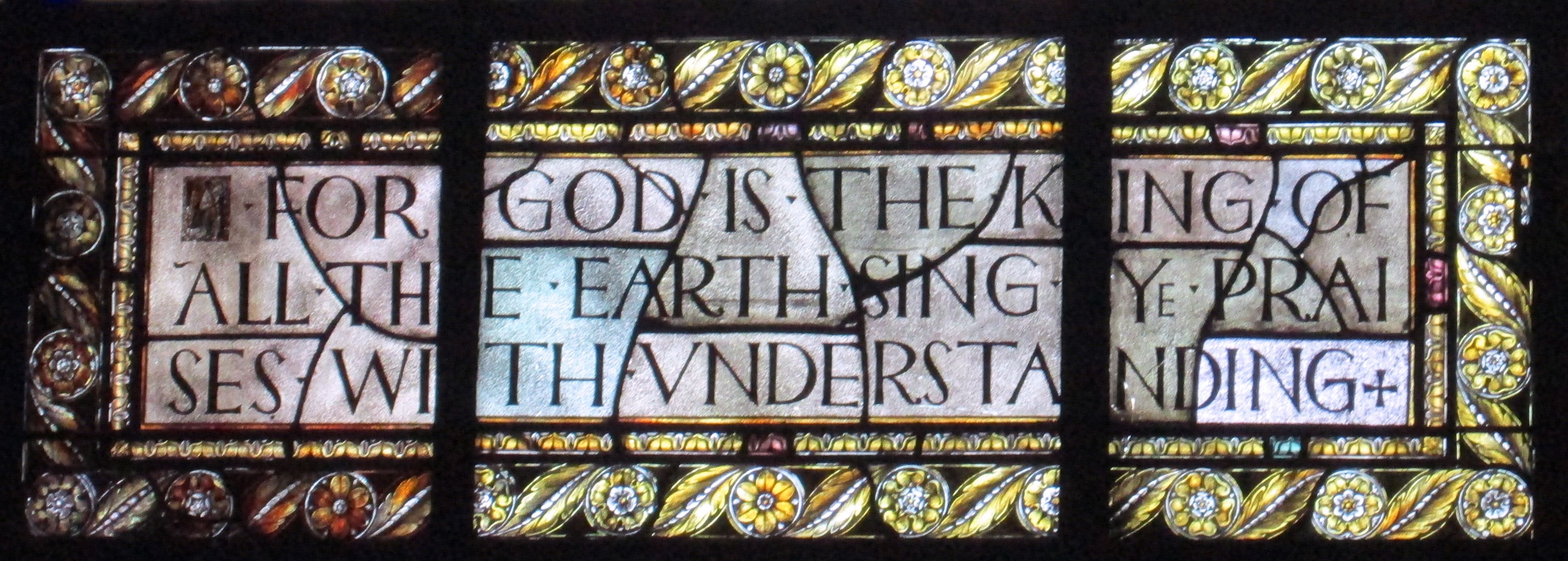
LIFE AS MYTH
![]()
JOURNAL
![]()
JOURNAL 2013
A living myth
Seven year cycles
![]()
WINTER 2013
A living faith
The chapels of the seven tongues
![]()
LIFEWORKS
![]()
ATLAS
![]()

WINTER 2013
THE CHAPEL OF SAINT AMBROSE

In some causes silence is dangerous.
Aurelius Ambrosius, also known as Saint Ambrose, (330-397), patron saint of Milan, one of the four original doctors of the churchThe Cathedral of Saint John the Divine dedicated the Saint Ambrose Chapel to people of Italian lineage. Carrere and Hastings, architects of the New York City Library, designed the space. Of the seven chapels, this one is the only one executed in the Renaissance style.
The chapel is named in honor of Saint Ambrose, patron saint of bee keepers, bees, students, school children, learning, candle makers, chandlers, wax melters, and domestic animals. Ambrose was a noted scholar and orator. According to an early legend a bee lit on the lips of the infant Ambrose, leaving behind a drop of honey. Ambrose's father interpreted it as a sign that his child would have a gift for oration or "honeyed speech".
Ambrose was also famous for writings and teachings on Christian philosophy and theology. In another legend, a scribe reported that a halo or bright light (like a candle burning) surrounded Ambrose while writing commentary on Psalm 43. This report is the basis for Ambrose's association with candle makers and wax melters. In addition to a reputation for learning and the expressive arts, Ambrose had a flexible approach to church liturgy, instructing priests to follow the liturgical practices of the local church rather than be drawn into a disagreement over which church had the right form. To that end, history credits Ambrose with the expression, "When in Rome, do as the Romans do."
The scholarship of Saint Ambrose influenced many later theologians, including the influential theology and writing of Saint Augustine. His feast day is December 7.
The altar of The chapel of Saint Ambrose, The chapels of the seven tongues. The cathedral of Saint John the Divine. New York, New York. 2013
Window detail (Psalm 47)
Window detail (Psalm 46).

